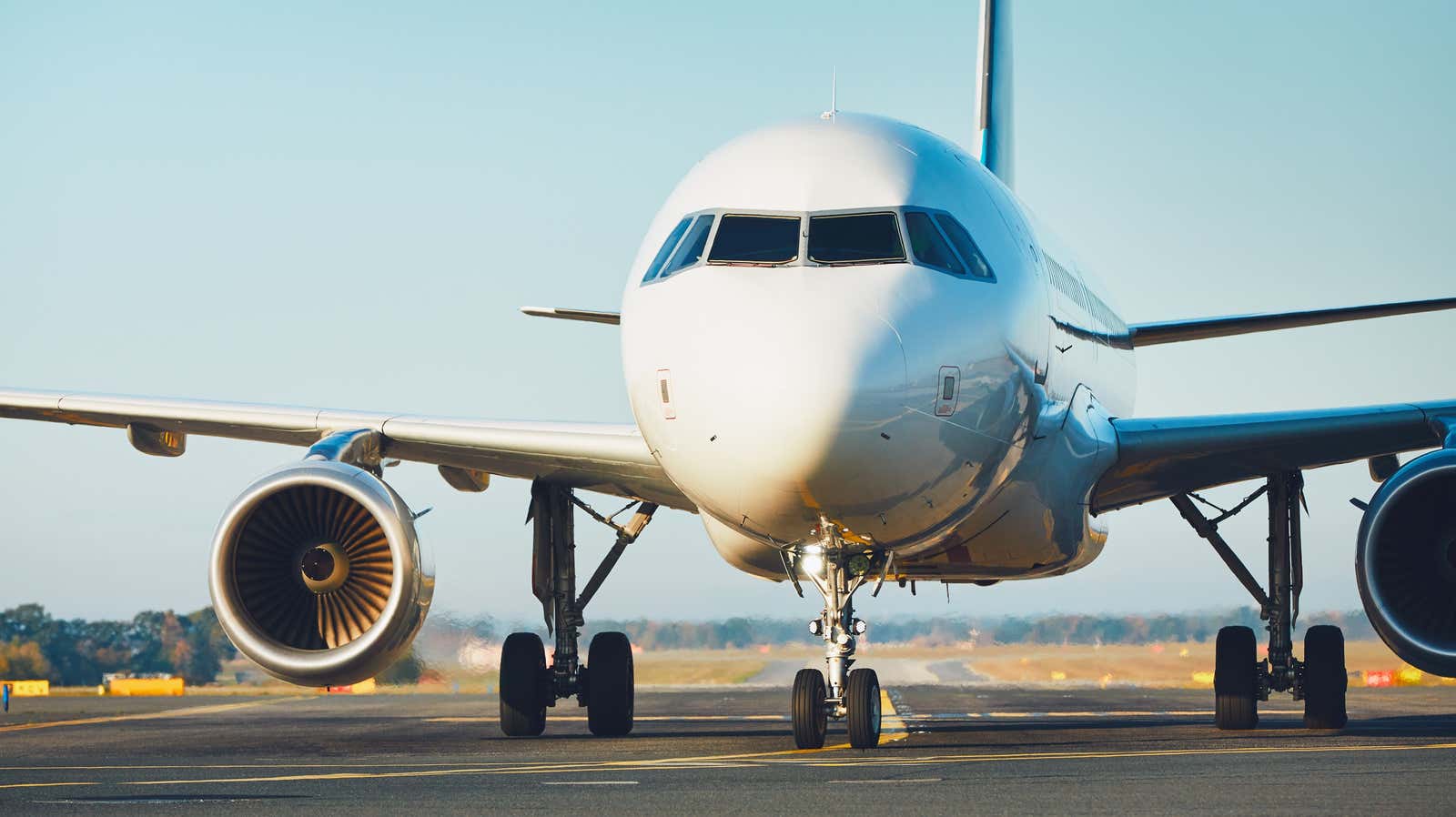Things to Know Before Booking a Trip With More Than One Connection

If you’ve ever panicked for last-minute flights – and somehow stumbled upon a good deal – there’s almost always a catch. Most likely, the catch in question could involve two (or more) stops and three voyages to reach the final destination just a few hours away.
On a recent Reddit thread, users shared stories of how they booked multi-stop flights to save on airfare – and apparently some people are willing to go to extremes. “Five flights, four stops, total travel time just under 29 hours,” wrote one user. “It was cruel. I do not recommend it. “
With the holidays approaching, you may find yourself in such a situation by necessity. But what do you need to know before embarking on a 29-hour journey to get from coast to coast? Well, we have to preface this by acknowledging that it usually depends on how you booked; If you have chosen one route with one airline, it will probably be easier than booking completely separate routes. Below you will find a few important factors to consider before taking the longest day of travel of your life.
Set aside enough time for each connection
If you are on a multi-stop route, always make sure you have enough time for each connection, especially if you are going to book each connection separately. Why? If your first flight is delayed and as a result you miss your next flight, this airline will not automatically rebook you for the next flight; in this case, you may be forced to pay to change flights on the same day, or to buy a completely new flight. ( Here’s our guide to changing airline charges.)
For this reason, it’s best to plan your connections in advance. Be sure to print all boarding passes, be aware of the gate information and anticipate any terminal changes in advance. If you are flying overseas, you should allow more time than usual during docking to re-enter security. (The Washington Post recommends a standard buffer time of at least two hours for most connections, but this varies by airport and airline. If it is a small regional airport, for example, it could be 45 minutes.)
If, on the other hand, you have booked all connections on the same route, that airline (or partner airlines) will most likely not allow you to book your connection unless you have enough time to fly anyway. However, it doesn’t hurt to double check the proximity of your gates to each other and see how reliable your connections can be. For example, when using Google Flights, you will usually see warnings that indicate the reliability of your connections based on historical data; if it is a particularly close relationship, he will flag it so you know before booking.
Ask your companion about their checked baggage rules
When you change aircraft multiple times a day, it is important to check with the flight attendant at check-in about their checked baggage regulations and whether they will voluntarily move your bag from one flight to another. Alternatively, you may be responsible for picking it up at the arrival airport.
As we wrote earlier , usually if you are flying connecting flights between different airlines, you will have to request your bag and re-check it at the baggage transfer station or at the airline check-in counter. But there are exceptions. United, for example, will transfer bags between partner airlines.
That’s why it’s best to ask the attendant to drop your bag to your final destination, if possible. (If they are not, they will at least inform you on what to do at your connecting airports.) If you are traveling overseas and docking at a domestic airport, you will probably also be responsible for re-checking your bag. so pay attention to the baggage drop-off station upon arrival.
Of course, the easiest way to avoid all this trouble is to not check your bag at all. Just make sure to pack properly (less than 3.5 ounce liquids, for example) and avoid booking basic Economy seats when you sit down last, lose space in your hold, and possibly check your bag at the gate.
Understand the additional costs involved
While a multi-stop route may seem like the best option, it’s better to understand when it just isn’t worth the extra time and effort. If you fly different routes, you will have to factor in checked baggage fees for each flight (unless they automatically donate your bag), whether you want to spend money on seat allocation on each flight, food costs, and more. convenience if the parking is particularly long and it is possible to skip the connection and pay the same day connection fee if you have booked separate routes.
After all, saving $ 100 on plane tickets may not be worth your wallet (or peace of mind). We advise you to budget for each transfer, forecast your costs and compare travel alternatives. And in case you need to figure it out a bit, here’s a guide to the country’s most expensive airports (and in particular why you can just avoid Newark International Airport).